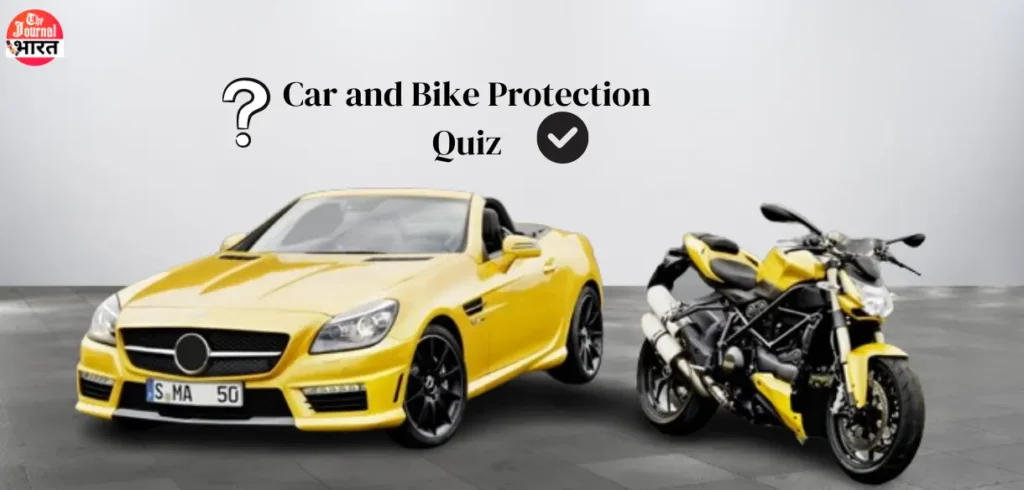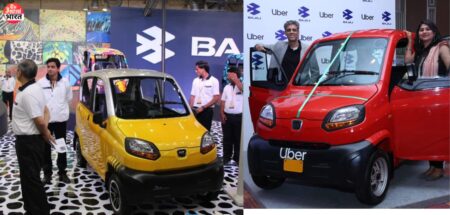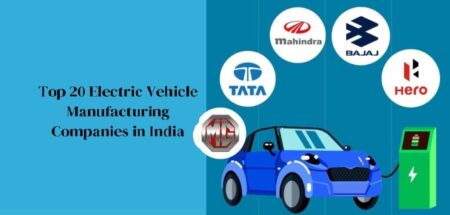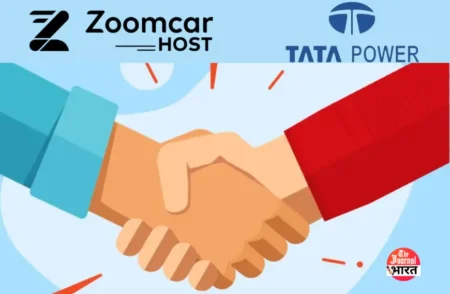Having the basic knowledge about the vehicle you own and about its maintenance is really important when it comes to your safety. It is always not expected that you be a mechanical engineer but basic information is very important. Thus reading the below questions and answers you will gain the knowledge which is usually required by a bike or car owner.
Knowing about your car or bike is really very important if you know how to drive and even if you don’t know how to drive then also you need to have knowledge about these light motor vehicles. This quiz covers a wide range of topics related to protecting your car and bike, from basic maintenance tips to advanced security measures.
General Car and Bike Protection Quiz
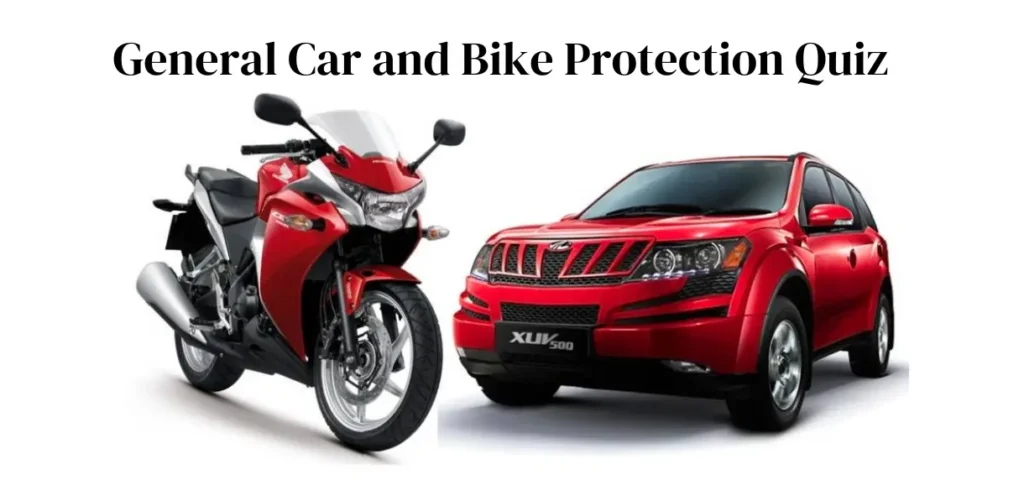
1. Regularly checking your tyre pressure can improve fuel efficiency and prevent tire blowouts.
1. True
2. False
Ans. True
2. What is the most important factor in choosing a car or bike lock?
1. Durability
2. Brand
3. Style
4. Price
Ans. a. Durability
3. What does the acronym NCB stand for in car insurance?
1. No Claim Bonus
2. New Car Benefit
3. Never Crashing Bonus
4. No Claim Back (A. No Claim Bonus)
Ans. a. No Claim Bonus
4. What is the best way to prevent rust on your car or bike?
1. Regular washing and waxing
2. Storing in a dry garage
3. Applying rust inhibitor
4. All of the above
Ans. d. All of the above
5. What should you do if your car or bike is stolen?
1. Report it to the police immediately
2. File an insurance claim
3. Search for it yourself
4. All of the above
Ans. d. All of the above
Car and Bike Basic Maintenance Quiz :
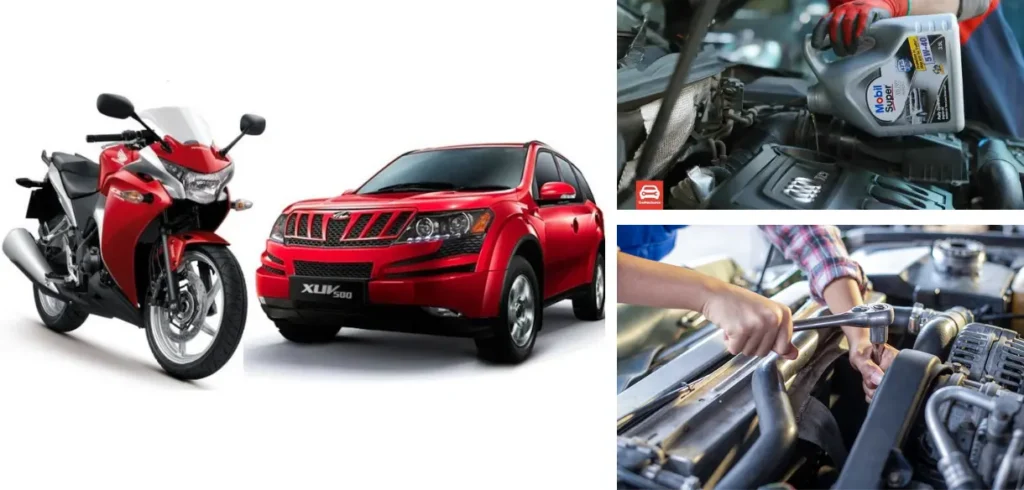
Read More: Xiaomi SU7 EV: Launch Date, Price
6. How often should you change your car’s oil?
1. Every 3 months
2. Every 6 months
3. Every 12 months
4. Depends on driving habits
Ans. d. Depends on driving habits
7. What is the purpose of rotating your tires?
1. To prevent uneven wear
2. To improve handling
3. To check for damage
4. All of the above
Ans. d. All of the above
8. What is the proper way to check your bike’s chain for lubrication?
1. Visually inspect for rust
2. Pinch the chain
3. Listen for squeaking while pedalling
4. All of the above
Ans. d. All of the above
9. What does the acronym DOT stand for on a car tire?
1. Department of Transportation
2. Date of Tire
3. Distance Optimized Tire
4. Durable Over Time
Ans. a. Department of Transportation
10. What should you do if your car battery dies?
1. Jumpstart it yourself
2. Call a tow truck
3. Try to push-start it
4. All of the above
Ans. b. Call a tow truck
Car and Bike Advanced Security:
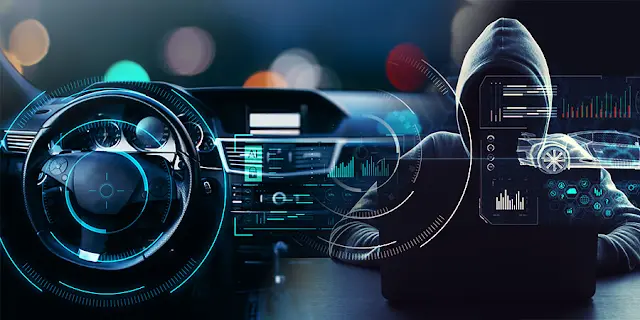
Read More: Renault Duster 2024 Price
11. What is the difference between a passive and an active car alarm system?
Ans. Passive systems trigger automatically, while active systems require arming.
12. What is the benefit of using a GPS tracker on your bike?
1. Allows you to track its location if stolen
2. Provides data on riding habits
3. Deters thieves
4. All of the above
Ans. d. All of the above
13. What are some ways to make your car or bike less attractive to thieves?
1. Remove valuables from sight
2. Park in well-lit areas
3. Invest in additional locks
4. All of the above
Ans. d. All of the above
14. What is the purpose of a VIN etching kit?
1. To deter thieves by marking the vehicle
2. To help identify stolen vehicles
3. To improve resale value
4. All of the above
Ans. b. To help identify stolen vehicles
15. How can you protect your car or bike from cyberattacks?
1. Keep software updated
2. Use strong passwords
3. Avoid public Wi-Fi for diagnostics
4. All of the above
Ans. d. All of the above
16. What does TPMS stand for, and why is it important?
Ans. TPMS stands for Tyre Pressure Monitoring System. It is important for maintaining proper tire pressure, which ensures safety, optimizes tyre performance, and improves fuel efficiency.
17. When should you replace your car’s brake pads?
Ans. Replace car brake pads when they are worn down to about 1/4 inch thickness or if you hear a squealing or grinding noise during braking.
18. What type of fire extinguisher is best suited for a car or bike?
Ans. A dry powder fire extinguisher is best suited for cars and bikes, as it can handle various types of fires, including flammable liquids and electrical fires.
19. Leaving your windows slightly open can prevent car theft.
1. True
2. False
Ans. False, because leaving windows slightly open can actually make it easier for thieves to break into the car.
Read More: Top 10 Fastest Car in the World 2024
20. What’s the difference between comprehensive and collision car insurance?
Ans. Comprehensive insurance covers non-collision-related incidents like theft, natural disasters, and vandalism, while collision insurance covers damages from accidents where the policyholder’s car hits or is hit by another vehicle or object.
21. What simple DIY step can improve your bike’s visibility at night?
Ans. Applying reflective tape to the bike’s frame and components can significantly improve visibility at night.
22. Which weather condition poses the biggest risk for hydroplaning?
Ans. Heavy rain poses the biggest risk for hydroplaning as water builds up under the tires faster than it can be pushed away, leading to loss of traction.
23. How often should you wash your car to prevent paint damage?
Ans. It’s recommended to wash your car every two weeks to prevent paint damage and remove harmful substances like bird droppings and road salts.
24. What’s the safest way to dispose of used motor oil?
Ans. The safest way to dispose of used motor oil is to take it to a recycling center or a facility that accepts hazardous materials.
25. What does “OEM” stand for in car parts?
Ans. OEM stands for Original Equipment Manufacturer, referring to parts made by the car’s manufacturer or by a company authorized by the manufacturer.
26. What tool should you use to check your car’s tire tread depth?
Ans. Use a tread depth gauge to accurately measure your car’s tire tread depth.
27. What does “topping off” your engine oil mean, and is it always necessary?
Ans. “Topping off” means adding oil to reach the proper level. It’s necessary when the oil is low, but overfilling can be harmful.
28. What’s the best way to clean your bike chain without damaging it?
Ans. Use a gentle degreaser and a soft brush or cloth to clean the bike chain, followed by proper lubrication.
29. What are the symptoms of a low motorcycle battery?
Ans. Symptoms include difficulty starting the engine, dim lights, and weak horn or turn signals.
30. How often should you check your car’s air filter?
Ans. Check your car’s air filter every 12,000 to 15,000 miles or as recommended in your vehicle’s manual.
Read More: Top 10 Best Mileage SUV Cars In India
31. What’s the correct tire pressure for your car?
Ans. The correct tire pressure is usually listed on a sticker on your driver’s door or in the vehicle’s manual.
32. What does “lubricating the drive train” mean on a bike?
Ans. Lubricating the drivetrain involves applying a lubricant to the bike’s chain, gears, and derailleurs for smooth operation and protection against wear.
33. How can you tell if your car’s brake fluid needs replacing?
Ans. Signs include a soft or spongy brake pedal, unusual noises when braking, or a brake warning light.
34. What should you do if your car’s warning lights come on while driving?
Ans. Safely pull over and refer to the vehicle’s manual. Consult a mechanic if necessary, especially for red warning lights.
35. What can happen if you neglect basic car maintenance?
Ans. Neglecting basic car maintenance can lead to decreased performance, higher repair costs, reduced safety, and potentially a shorter lifespan for the vehicle.
Roadside Safety
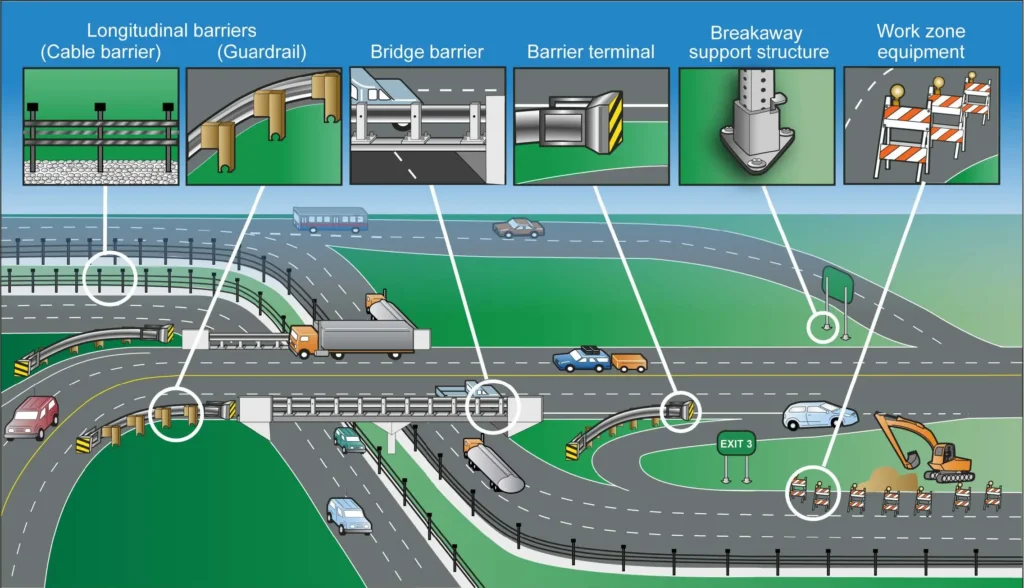
36. What essential items should you always keep in your car’s emergency kit?
Ans. Essential items include a first aid kit, flashlight, jumper cables, tire pressure gauge, water, non-perishable snacks, blanket, and basic tools.
Read More: Top 10 Highest Selling Cars in India
37. How do you safely change a flat tire on the side of the road?
Ans. To safely change a flat tire: park away from traffic, apply the parking brake, place wheel wedges, remove the hubcap, loosen the lug nuts, lift the vehicle with a jack, remove the lug nuts and tire, put on the spare tire, and tighten the lug nuts.
38. What’s the proper way to use jumper cables?
Ans. Connect the positive (red) cable to the positive terminal of the dead battery, then to the live battery. Connect the negative (black) cable to the live battery’s negative terminal, and the other end to a metal surface on the dead car. Start the engine of the live car, then the dead car.
39. What should you do if your car breaks down on a highway?
Ans. Pull over safely, turn on your hazard lights, set up warning triangles if available, and stay inside the car. Call for roadside assistance.
40. How can you prevent your car from overheating during a summer road trip?
Ans. Ensure the coolant is topped up, the radiator is in good condition, and conduct regular engine checks. Avoid overloading the car and use air conditioning judiciously.
41. What’s the safest way to signal for help if your bike breaks down on a deserted road?
Ans. Use your cell phone to call for help. If no signal, use a whistle or light (like a bike light or flashlight) to signal SOS (3 short, 3 long, 3 short signals).
Read More: Electric Cars in India Under 5 Lakhs
42. What basic first-aid skills should every driver and biker know?
Ans. Every driver and biker should know how to treat minor cuts and scrapes, perform CPR, treat burns, and immobilize fractures or sprains.
43. How can you stay calm and collected in an accident situation?
Ans. Take deep breaths, assess the situation, ensure safety, and avoid panic. Focus on practical steps like calling emergency services and exchanging information.
44. What information should you exchange after a minor car accident?
Ans. Exchange names, contact details, insurance information, vehicle descriptions, license plate numbers, and driver’s license numbers.
45. What’s the legal requirement for wearing a helmet while riding a bike?
Ans. The legal requirement varies by region. In many places, helmets are mandatory for all riders, while in others, they are required only for certain age groups or optional. Always check local laws.
Weather Protection FAQ
46. How do you winterize your car for cold weather?
Ans. Winterizing your car involves checking and maintaining the antifreeze, battery, tires, and heating system. It’s also important to keep a winter emergency kit in your car.
Read More: Mahindra XUV 800 Electric Price
47. What type of motorcycle gear is best suited for rainy conditions?
Ans. For rainy conditions, waterproof or water-resistant gear, including jackets, pants, gloves, and boots, is essential. Reflective materials for visibility are also important.
48. How can you protect your bike from rust during monsoon season?
Ans. To protect your bike from rust during monsoon, use anti-rust sprays, keep the bike dry and clean, and cover it when not in use.
49. What steps should you take if your car gets caught in a hail storm?
Ans. If caught in a hail storm, seek shelter immediately to avoid damage. If driving, pull over safely. After the storm, check for and document any damages for insurance claims.
50. How do you safely drive your car through heavy snow?
Ans. Driving safely through heavy snow involves using winter tires, driving slowly, keeping a safe distance from other vehicles, and using low-beam headlights.
51. What are some tips for storing your bike during a long winter?
Ans. Tips for storing a bike during winter include cleaning it thoroughly, lubricating moving parts, inflating tires, and storing it in a dry, cool place.
52. Can car covers damage your paint in certain weather conditions?
Ans. Yes, car covers can damage paint if they trap moisture, are made of abrasive materials, or are improperly fitted. It’s important to choose breathable, soft covers.
53. What’s the best way to clean your car after driving through mud?
Ans. Clean your car after mud exposure by hosing down the undercarriage, wheels, and body, followed by a thorough wash with car shampoo, and finish with a protective wax.
54. How do you prepare your bike for a hot summer ride?
Ans. Preparing your bike for summer includes checking the coolant system, using appropriate engine oil, checking tire pressure, and ensuring good ventilation in riding gear.
Read More : Hydrogen Cars in India
55. What should you avoid doing if your car gets stuck in a flooded area?
Ans. Avoid starting the engine if your car is stuck in a flood, as it can cause more damage. Wait for help and avoid entering floodwater due to potential hazards.
Insurance and Warranties FAQ
56. What factors affect your car insurance premium?
Ans. Factors affecting car insurance premiums include the driver’s age, driving history, car manufacturing and model, location, usage frequency, and coverage types.
57. What’s covered under a typical extended car warranty?
Ans. A typical extended car warranty covers major mechanical breakdowns, engine and transmission issues, electrical systems, and other major components.
Get ready to test your knowledge on keeping your car and bike safe and sound! This quiz covers everything from basic maintenance to advanced security, with a mix of difficulty levels to challenge even the most seasoned motorhead. So buckle up, grab your helmet, and let’s get started!
Raed More: Splendor Electric Bike 2024: Specifications, Price

